AV input on TV - what is it?
Modern TVs have a wide range of functionality. Some of them may seem archaic and unnecessary when combined with the latest technology. This opinion may arise when looking at the back or side panel of a brand new TV, where the HDMI and AV input connectors are located next to each other. On older TV equipment, sockets for connecting an analog signal may be located on the front side under the monitor.
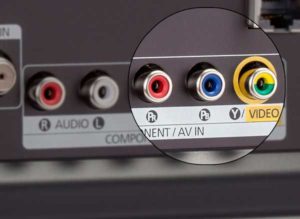
The content of the article
Purpose of a standard RCA connector
Given the rapid growth of digital technology, many believe that no one needs AV inputs and outputs on a TV. This technology is considered hopelessly outdated and unnecessary by most users. But first impressions are often deceiving. After all, the AV input is designed to reproduce an analog signal from video equipment via an RCA connector to a TV monitor. If you have a recording device, it is possible to use the reverse stream via the AV output and record TV broadcasts from the TV to a storage device through a connection via a special coaxial cord, which is connected to the same RCA connector.
To understand the importance of AV input you need to know:
- Principles of digital or analog signal transmission.
- Technical characteristics of equipment that reproduces video and audio signals.
- The quality of recording on information media, and what playback standards they support.
- What is the best way to connect the equipment?
You can deal with all of the above points much easier - just pay attention to the connector on the transmitting devices. If the equipment is designed for analog playback, then there is no need to invent anything. Connect it to your TV via the AV input. Still, digital playback quality cannot be achieved using outdated media and equipment.
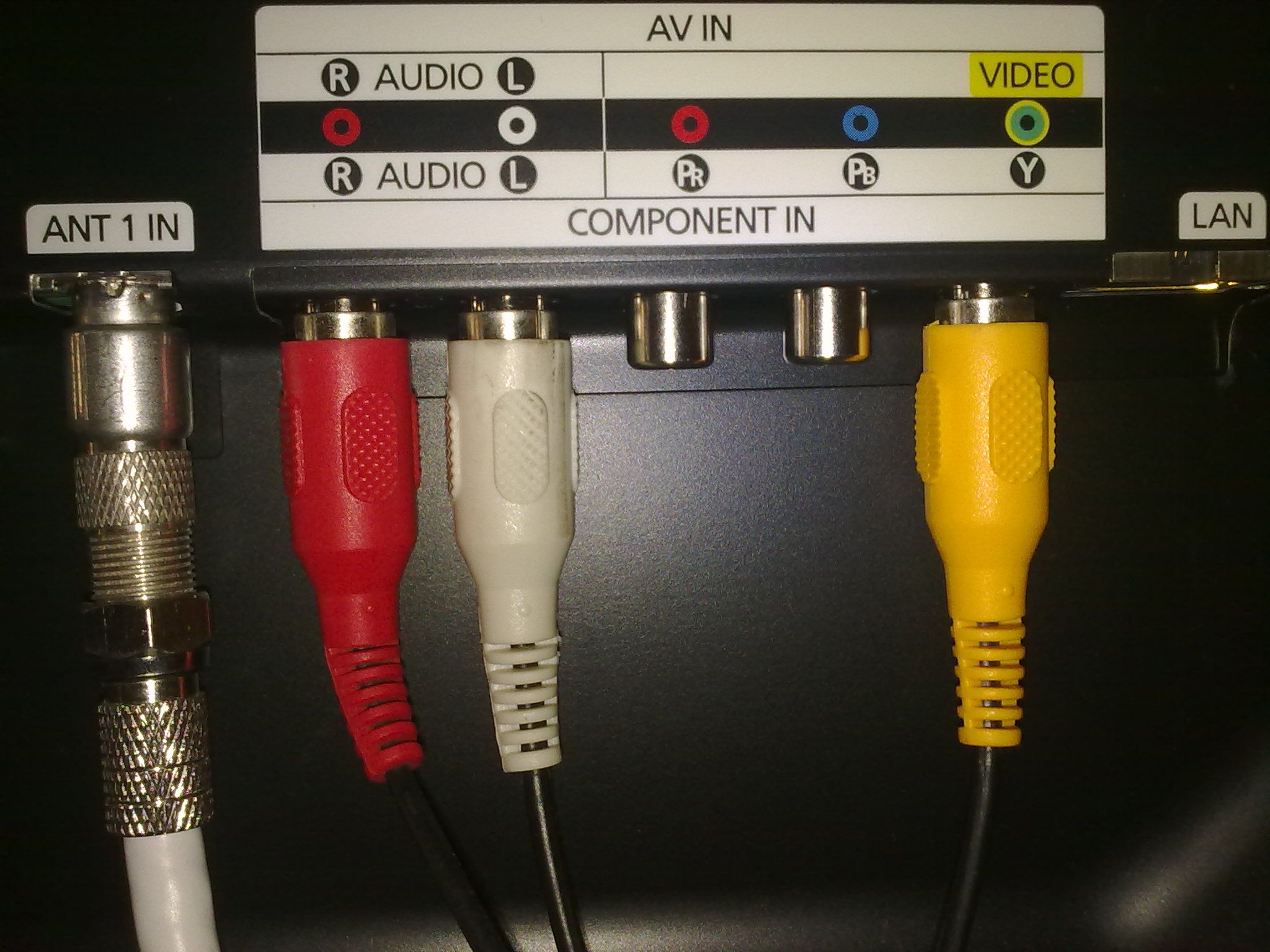
Positive aspects of an analog signal
Due to the fact that most media files have not yet been converted to digital quality, expensive equipment supporting HDTV, FULL HD image quality standards is not needed to play them. Equipment capable of transmitting an analog signal with high-quality picture and stereo sound to the TV is sufficient. To do this, you will need to connect the video equipment using a wire that combines two cables for video and audio signals. Because of this connection method, this input interface is called composite.
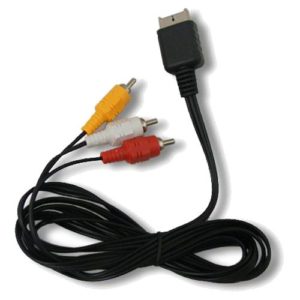
A simple and important way to connect
 When using AV input/output, the video signal is transmitted via a separate channel, through the yellow contact, and for stereo playback, the audio cable is divided into two parts - these are the left and right audio transmission channels. They are connected using white and red plugs. For playback, the composite wire is connected to the TV through sockets of the corresponding color into an RCA connector. You can draw a conclusion for yourself when buying a TV about the importance and relevance of having a composite connection functionality on the TV, given the fact that most media files are available for playback from recording and playing devices using an analog signal.
When using AV input/output, the video signal is transmitted via a separate channel, through the yellow contact, and for stereo playback, the audio cable is divided into two parts - these are the left and right audio transmission channels. They are connected using white and red plugs. For playback, the composite wire is connected to the TV through sockets of the corresponding color into an RCA connector. You can draw a conclusion for yourself when buying a TV about the importance and relevance of having a composite connection functionality on the TV, given the fact that most media files are available for playback from recording and playing devices using an analog signal.
“Most media files are available for playback from recording and playing devices using an analog signal.”
THROUGH, literate)))
the composite input has 3 RCA for video signals and 2 for audio, the author does not seem to understand
hmm we made it now we need to explain what AV input is and then what scart is
Well, you wouldn’t know them, these are tulips, low frequencies.) Dandy, Sega and VCR were connected only through them!)) In the pictures, by the way, RCA wires from Playstation 1, 2, 3. But the video input, which in the photo is shared with the component This is the first time I've seen this. Usually it is a separate yellow one, and the component YPbPr ones go separately.
By the way, there was also S-Video. Its input was similar to the mouse connector on a PC.
Educational program: RCA is a COMPOSITE cable, there are three tulips: one video and two audio. And YPbPr is COMPONENT, because the video is assembled from three component signals via three cables.

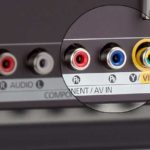

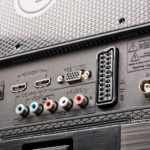
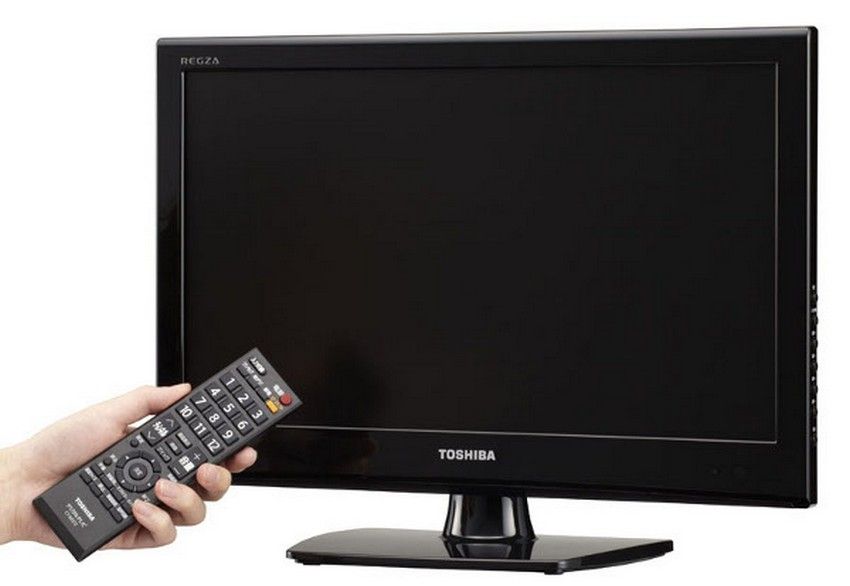
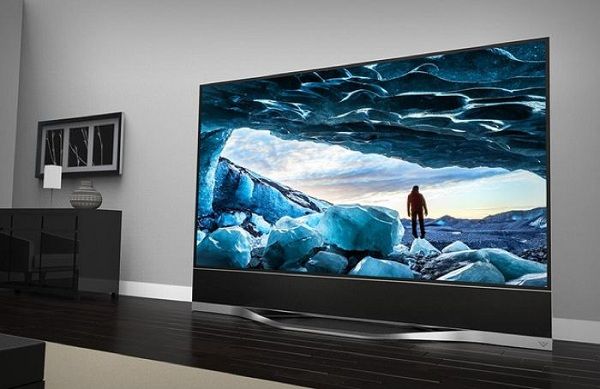
Nothing new, we use it all, and will continue to use it for a long time, it’s also a “rarity” for me